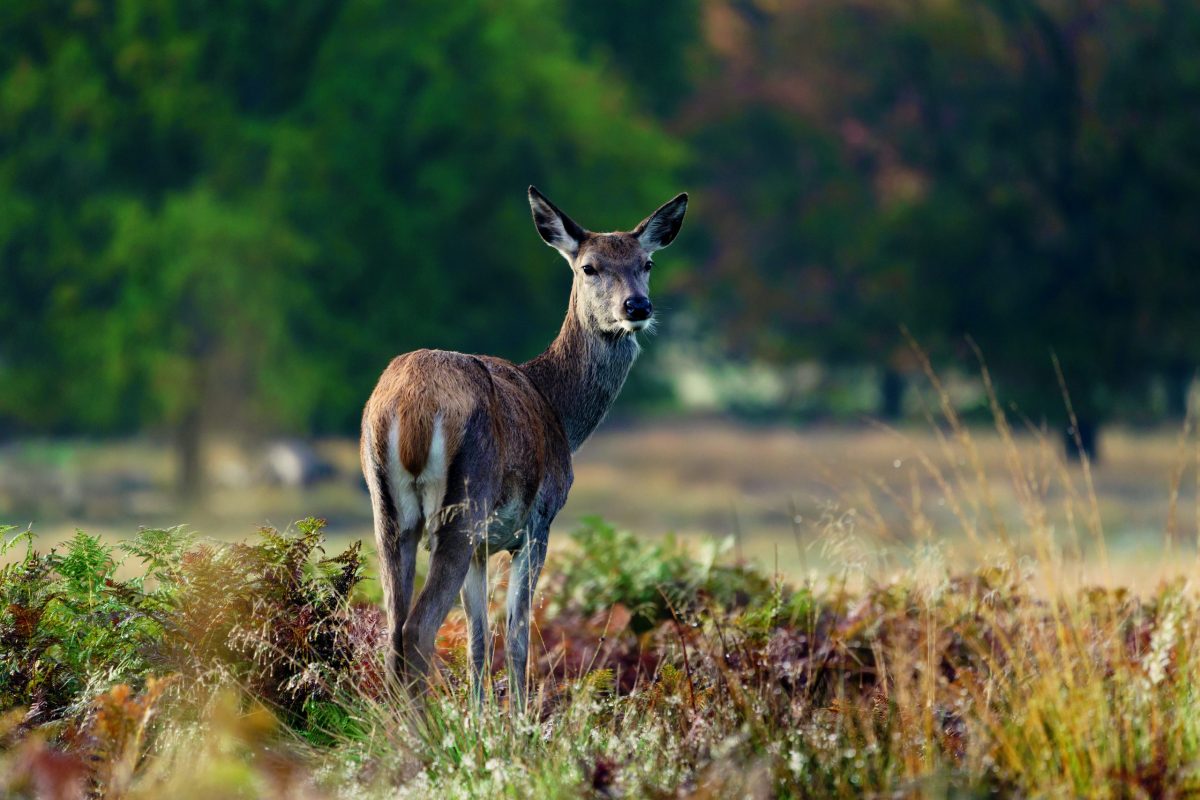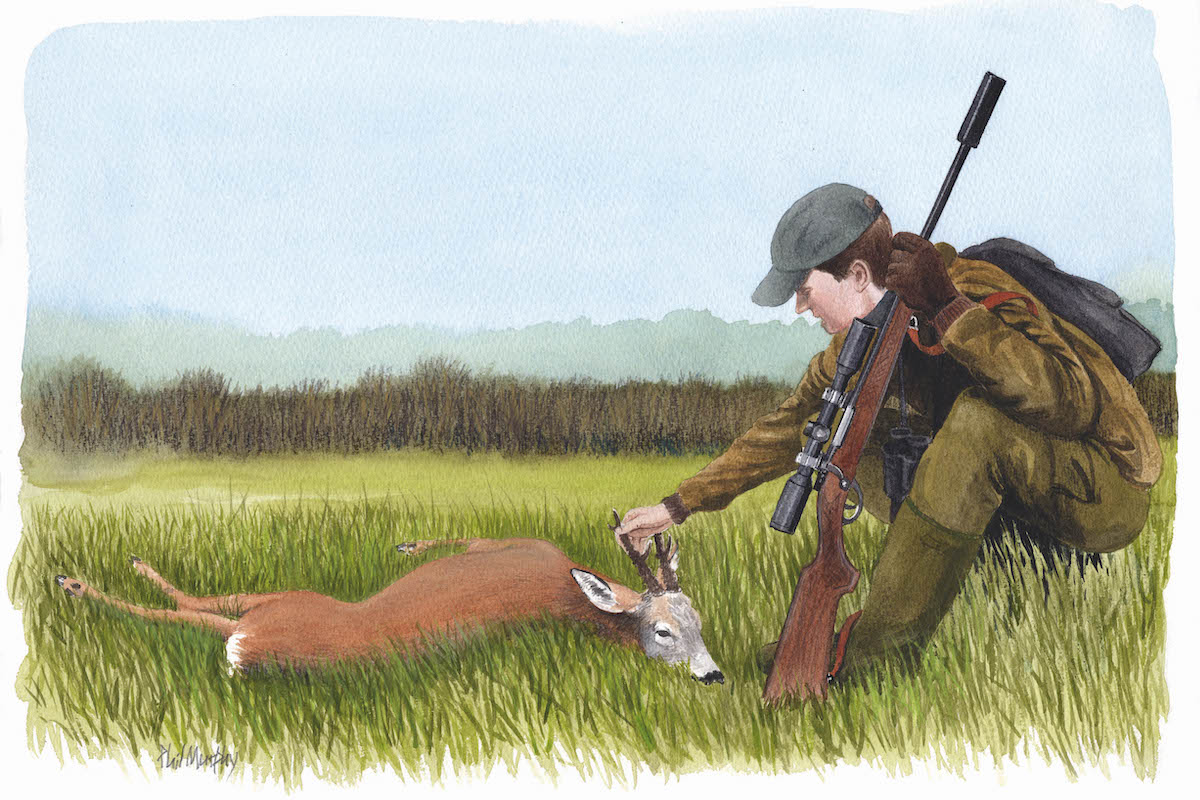How to estimate the size of deer populations for a management plan
Jon Snowdon is busy compiling evidence for deer populations for a new ground he has been asked to control

Roe deer populations can double in a year under some circumstances
It has been an interesting few months on the deer front. We have put in the hours of effort necessary to meet the challenge we have accepted to carry out control, and always in a sustainable way. It is tempting at certain times of year when the deer seem to have collectively agreed to stay in cover to conclude that your management is working and you can relax a little. My advice, gained from years managing roe deer populations, is do not succumb to that temptation as next month you will see them bouncing around all over your ground. (What are the best ways to dispose of culled deers?)
Fertile
Roe deer are very fertile, more so on ground where the deer population is controlled; one of the benefits to the species in reducing numbers is that there is ample food to go around. I have read that in some circumstances the roe population can double in a year. When I have been asked to produce a management plan on new ground, I have seen areas where deer populations have exploded.

Roe deer populations can double in a year under some circumstances
If a population has not been controlled, I can believe those sorts of figures. Roe deer with twins at foot are common – you could almost say expected – and triplets occasionally appear, too. If there is no predation then it stands to reason that more young will survive and the numbers will become unsustainable in a short time.
I am in the process of producing a management plan for a new ground. It is an area that has not got any historical figures of deer control and there certainly has not been any over the past three years. It is not a large estate but does have some wonderful woodland with mixed species, some of which are very mature. It is my sort of paradise.
Estimating deer populations – where to start
First, I need time on the ground to survey the woods for any signs of deer. The signs to look for may be browsing on shoots and buds and couch marks, which are circular/oval indentations in the ground where deer scrape to lie up. Couch marks are usually in cover and often near the top of a bank or, if it is well sheltered, they could even be on the very top.
It makes sense; the Normans built castles on the top of hills and the military would usually choose a good vantage point. Deer do the same; they lie up and can see or scent any danger from a long way off. The size of these couch marks can give an idea of the species. On this ground I would expect just roe but deer love to surprise us.
Assumptions have to be made about the number of couch marks seen. Just because there are six or eight that doesn’t mean there are eight deer. Roe deer are pretty solitary animals, they do not herd. There may be a time when you do see a group of roe deer but that is usually at the worst time of year for any wild animal, winter, especially late winter. They are grouped together there because that is where the only food is. Roe deer are not territorial at this time of year and they will tolerate other deer on what would normally be very specific territory.

Roe deer are fairly solitary, and do not usually herd
Signs of deer populations sizes
Look for the freshly scraped couches – leaves and earth will have been scraped clear. What may be seen is one that is larger than the one or two next to it. If they are fresh then it would be reasonable to assume a doe and two kids. On the whole, bucks tend to be even more solitary. It is likely that you will see several other older couches and the chances are it is the same three deer.
I will also be looking for fraying. It isn’t actually going on at this time of year but the signs of bark stripped off saplings will be there.

Couch marks are indentations in the ground where deer have been laying
The other invaluable evidence is, to state the obvious, actual deer sightings. I will record those and then all of this evidence will be compiled to make an estimate of the deer population and the resulting cull figure for their sustainable management. The best way is to collate all sightings over time but I do not have that luxury on this ground as I haven’t stalked it yet. And I wouldn’t until the survey is completed and the plan is presented to the owner of the estate to accept.
What I can say from my observations so far is that there are couches in most woods, though not all. There is browsing and fraying in most woods but it is not excessive. The deer are moving and we have a number of sightings already recorded. Some of these will be the same deer sighted several times but it is the overall sightings and, if possible identification of species (in this case roe) and sex that are important to give us a better picture of what we have on the ground.
The plan is just about finished and I look forward to the season to put it into action and monitor the results on the new ground.








